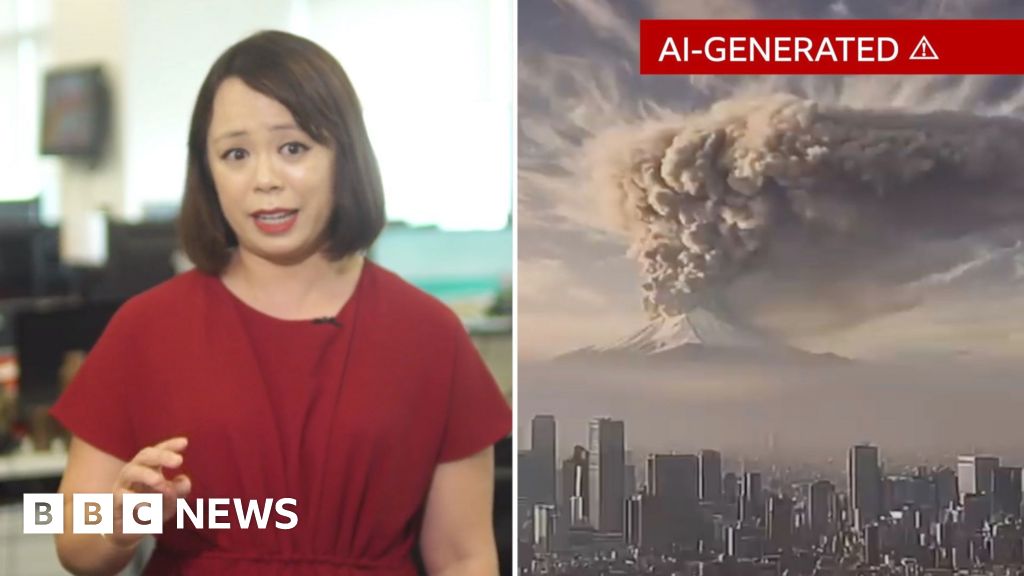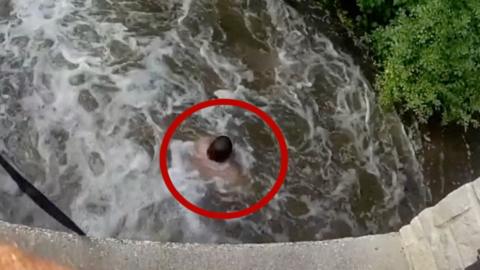The swarm of tens of thousands of earthquakes near the Greek island of Santorini earlier this year was triggered by molten rock pumping through an underground channel over three months, scientists have discovered.
They used physics and artificial intelligence to work out exactly what caused the more than 25,000 earthquakes, which travelled about 20km (12 miles) horizontally through the Earth's crust.
They used each of the tremors as virtual sensors, then used artificial intelligence to analyze patterns associated with them.
One of the lead researchers, Dr. Stephen Hicks from UCL, said combining physics and machine learning could help forecast volcanic eruptions.
The seismic activity started beneath Santorini, Amorgos, and Anafi in January 2025, leading many locals and tourists to fear an impending eruption.
The scientists published their findings in the journal Science, creating a detailed 3D map of the Earth around Santorini. The movement of magma through a 30km channel triggered the tremors, leading to revelations about the massive volume of magma involved.
For now, the researchers believe the unrest appears to be over. They emphasize the potential of AI to monitor and forecast volcanic activity, which could keep people in seismically active regions safer in the future.






















